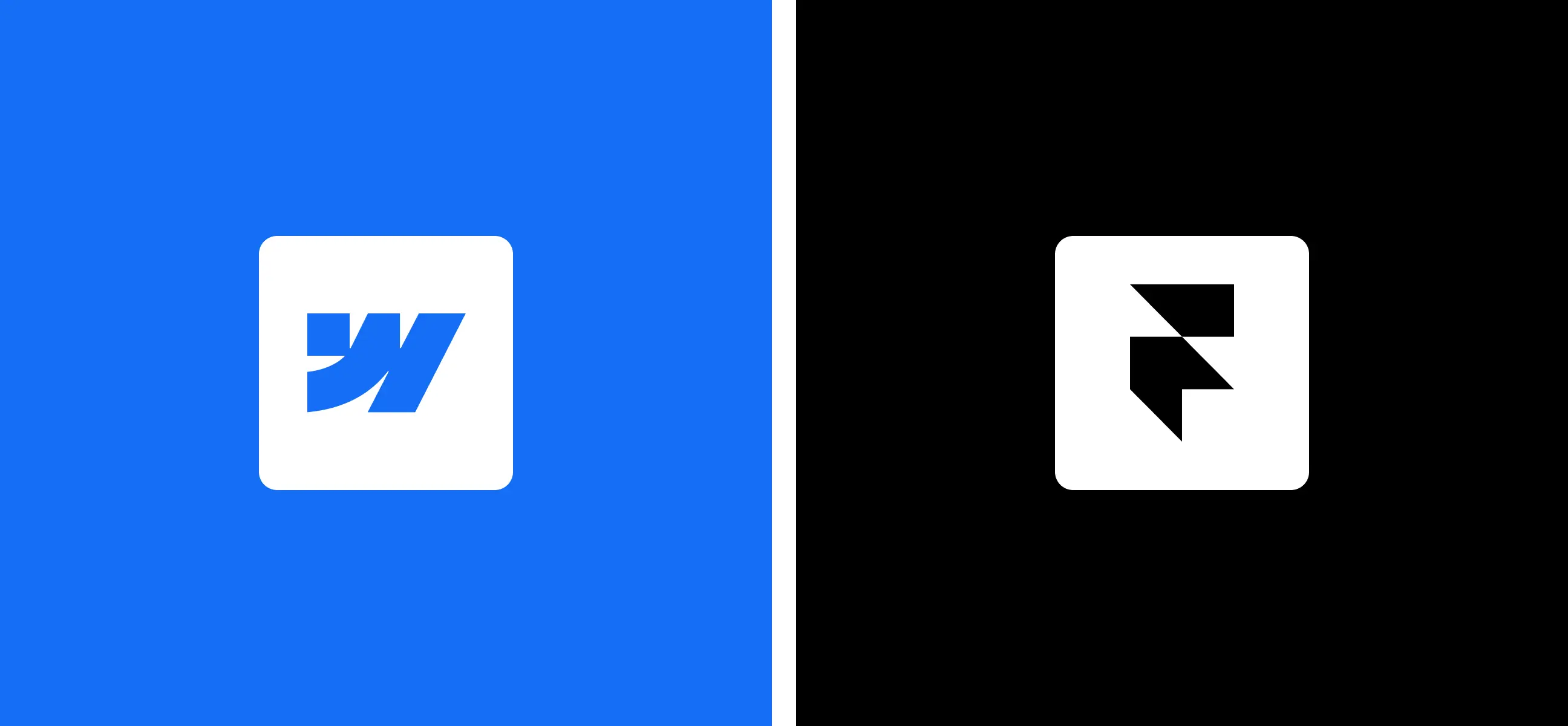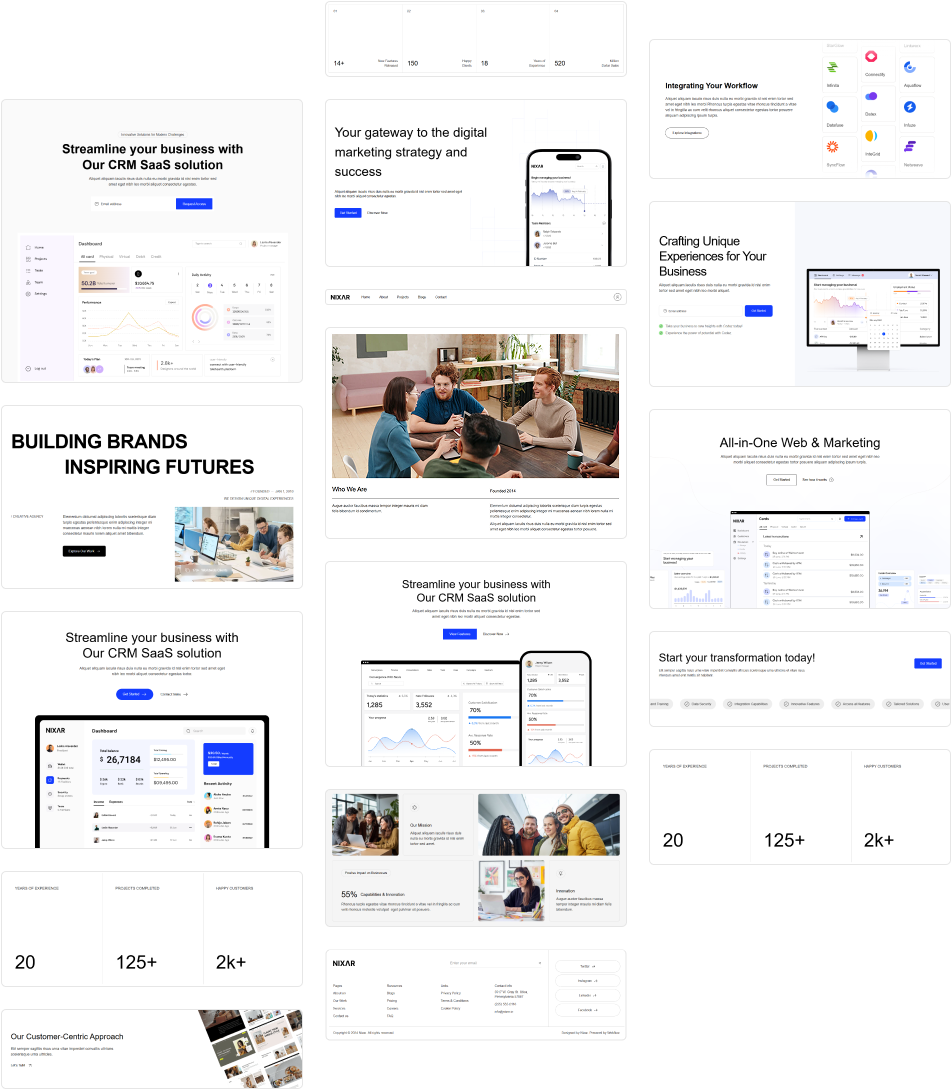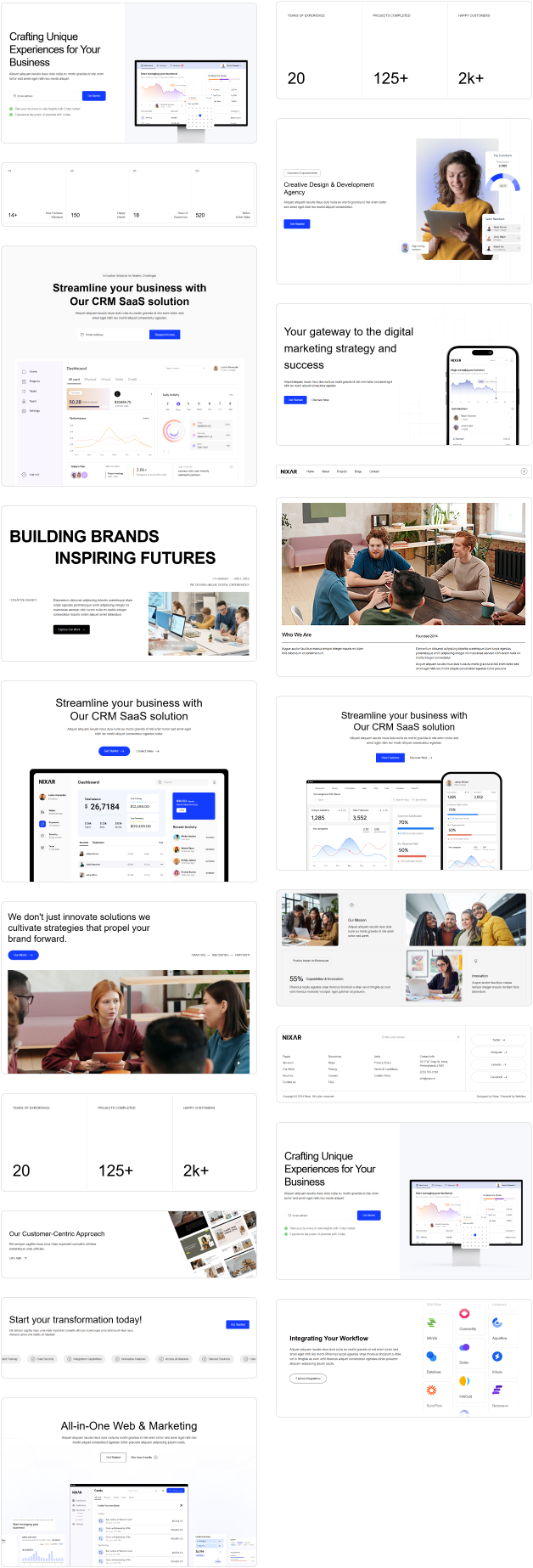The no-code design space is more competitive than ever in 2025 — and two names continue to dominate: Webflow and Framer. Whether you’re a freelance designer, creative studio, or startup founder, choosing between these two platforms can shape how fast you work, what you can build, and how polished the final result looks.
So, which one should you go with in 2025?
Let’s break it down.
Ease of Use
Framer
- Ultra-minimal and intuitive UI — feels like designing in Figma.
- Works well for designers familiar with Figma-style workflows.
- Great for quickly building landing pages and marketing sites.
Webflow
- Slightly steeper learning curve, but far more powerful in the long run.
- Offers granular control over layouts, styles, and interactions.
- Ideal for designers who want to “think like a developer” without writing code.
✅ Winner for beginners: Framer
✅ Winner for flexibility: Webflow
🎨 Design & Animation Capabilities
Framer
- Focuses on smooth, native animations and transitions.
- Built-in components like sliders, tabs, and accordions work seamlessly.
- Better suited for clean, modern layouts and motion-heavy pages.
Webflow
- Industry-leading interaction builder — no other no-code tool comes close.
- Supports scroll, hover, and page-triggered animations.
- Lets you create pixel-perfect layouts with responsive tweaks for all breakpoints.
✅ Winner for animation control: Webflow
✅ Winner for simplicity & speed: Framer
⚙️ CMS & Dynamic Content
Webflow
- Mature CMS engine built in — perfect for blogs, portfolios, job boards, etc.
- Supports filtering, sorting, conditional visibility, and nested collections.
- Great for building scalable content sites.
Framer
- CMS is still basic in 2025 — good for simple pages and startup sites.
- Less control over filtering and structuring content compared to Webflow.
- Not ideal for blog-heavy or content-driven projects yet.
✅ Winner for CMS-heavy sites: Webflow
🚀 Speed & Performance
Framer
- Sites load very fast thanks to native React under the hood.
- Ideal for high-performing marketing pages and startup websites.
Webflow
- Also delivers strong performance, with global CDN and optimized code.
- Slightly heavier pages if animations or interactions are overused.
✅ Tie: Both are fast — Framer might edge ahead for pure speed.
💰 Pricing (2025 Snapshot)
- Framer: Free plan available, paid plans start lower, but limited CMS features.
- Webflow: Free starter plan; pricing increases with CMS & hosting needs — but offers more value for complex builds.
✅ Winner for budget landing pages: Framer
✅ Winner for scalable business sites: Webflow
🧠 Final Verdict: Which Is Best for You?
Choose Framer if you want:
✅ A fast, Figma-like workflow
✅ Beautiful landing pages with built-in animations
✅ Lightweight sites for personal projects or SaaS MVPs
Choose Webflow if you need:
✅ Complete control over layout, CMS, SEO, and structure
✅ A powerful platform for agencies or growing businesses
✅ Deeper interaction design and scalable content features
💡 Pro Tip: Some designers use Framer for quick launches, and later migrate to Webflow for scale and structure.





